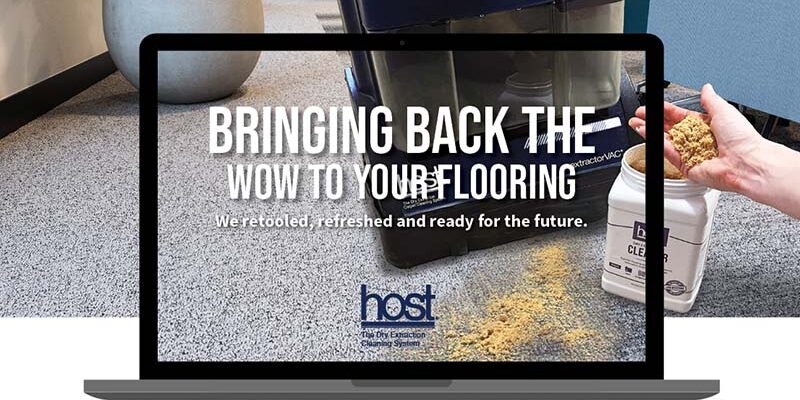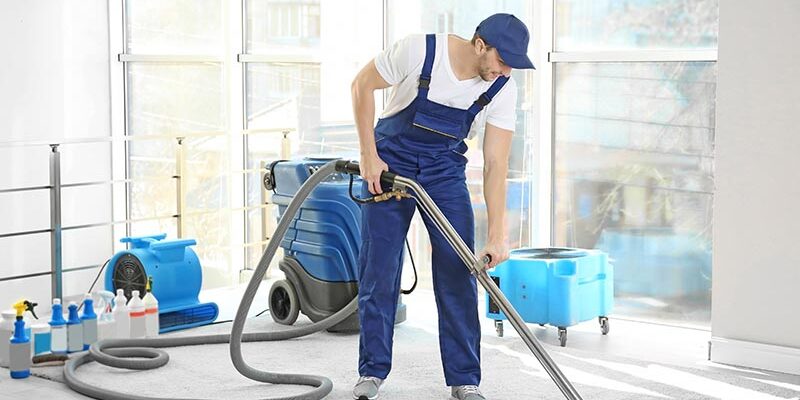Gum and adhesive removal procedures

Removing gum and adhesives from carpet can be challenging.
Even if you remove all visible evidence of the gum or adhesive, those spots often return in a few days due to remaining sticky residues.
An adhesive challenge
Although never recommended, many of your residential customers or facility occupants reach for duct tape (or similar adhesive) to hold down extension cords, cover up seams or attach other objects to carpet.
After a period of time, the tape is pulled up and an ugly, grey adhesive mark is left behind.
As the carpet cleaner, you are then expected to simply clean the area and create miracles.
Even if the visible adhesive residue is removed (typically with dry solvents) it is very difficult to remove all residue.
What is left behind is an invisible sticky residue that will collect soil rapidly and create a complaint within a short period of time, perhaps just days after the cleaning is performed.
Gum – a similar story
Just one or two pieces of chewed, smashed gum in a home or business isn’t that big of a deal.
But clean a huge commercial job – like a bowling alley – with a piece of gum every square foot or two, and you think hard about changing careers. Perhaps something easier and more glamorous, such as septic tank cleaning.
What’s the best, and fastest, way to effectively remove adhesive and gum residues?
The right stuff
Some pieces of gum and larger adhesive residues are on the surface and can be scraped away, leaving behind residue that then needs more work.
Scraping excess gum or adhesive is important and is the first principle of cleaning – removing excess matter from the surface.
The tool you use can vary: A spatula, made from plastic, metal or bone, works well.
There are special tools with sharp points for better agitation that can aid in this chore.
After removing the excess matter from the carpet, you still have to deal with the remaining sticky residues.
High heat helps
You can use high heat via hot water extraction to soften the gum or adhesive residue and often pull much of it up into your extraction machine.
You can use heat with a vapor steam to transfer it to an absorbent towel.
Then, with either method, you have a smaller amount of sticky residue to remove.
But with heat, you have effectively set the path to successful gum or adhesive removal.
Heat softens the gum or residue, removing more than just scraping can remove, so your cleaning chemicals can work better.
Cleaning chemistry
Now it’s time to use your solvent chemicals. There are many choices when it comes to solvent chemistry and gum or adhesive removal.
Click here to review the various types of solvents available.
You can use a pure non-volatile dry solvent (NVDS), or a volatile dry solvent (VDS).
If you use the NVDS, you need to rinse away those solvent residues with your VDS.
Another option is to apply a gel solvent, typically one that contains the natural solvent d-Limonene.
Most gel solvents are easily rinsed with hot water and detergent.
No matter which solvent you use, don’t use too much. The chance of carpet backing delamination is lessened if you use a gel solvent. A gel solvent stays where it needs to be: On the fiber, dissolving the residues.
Work the solvent into the residue with your scraper, using plenty of agitation. This is where an agitation tool with “teeth” comes in handy.
The teeth enable you to get the solvent into the adhesive residue with plenty of agitation, but always be wary of damage to fibers.
Give the area adequate dwell time, possibly up to five minutes. Remember that dry solvents work much faster than wet solvents.
Then, rinse away the residues with hot water and detergent.
The last step
Here is where many carpet cleaners fail. They do all the above and feel they have finished the job.
But do it again. Apply more solvent, more agitation and flush with hot water and detergent.
Although after your first attempt the job looks fine, there are probably sticky residues remaining. A second application of solvent and rinse means less chance of a callback.
A word of caution: Any residue left behind will resoil.
Freeze it
Some cleaners believe in freezing gum with a special spray and breaking it apart.
You still need to worry about the sticky residues remaining. That’s what makes gum and adhesive removal difficult.
Special tools
Your supplier has a selection of special gum removal tools for you to choose from. Some of them use the power of your extractor with concentrated pressure to help “blast” the gum or adhesive from the carpet pile.
It’s up to you to choose what’s best for you and your cleaning process.












